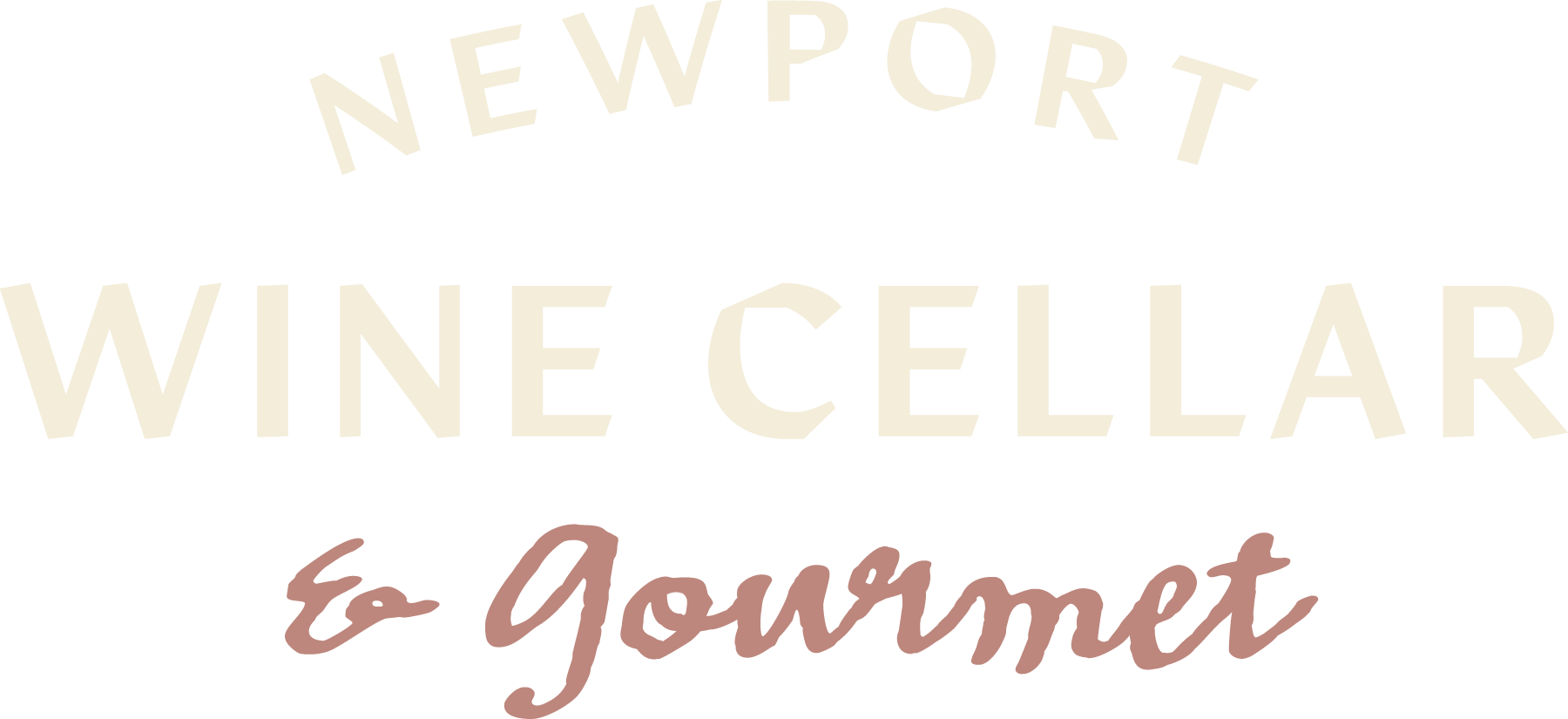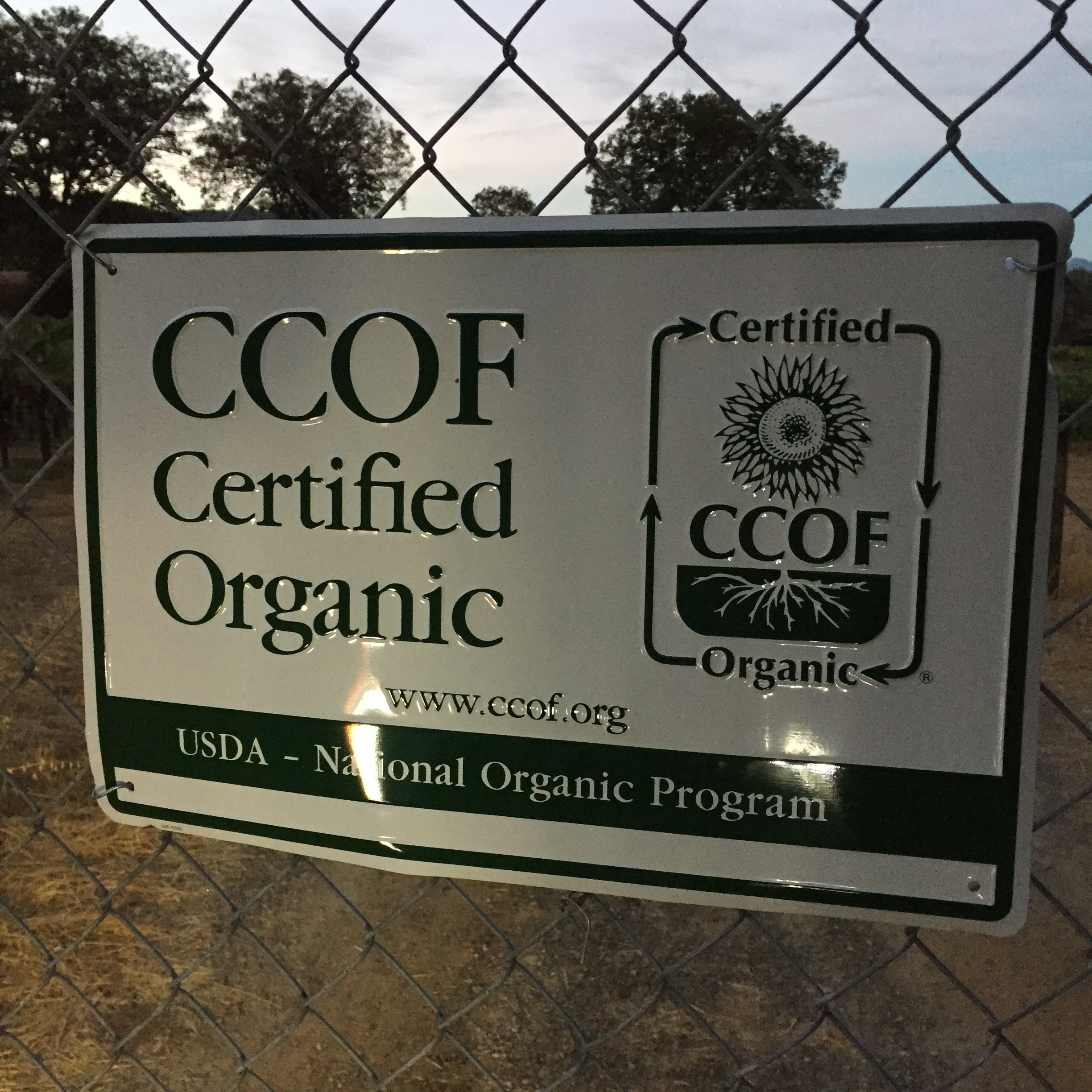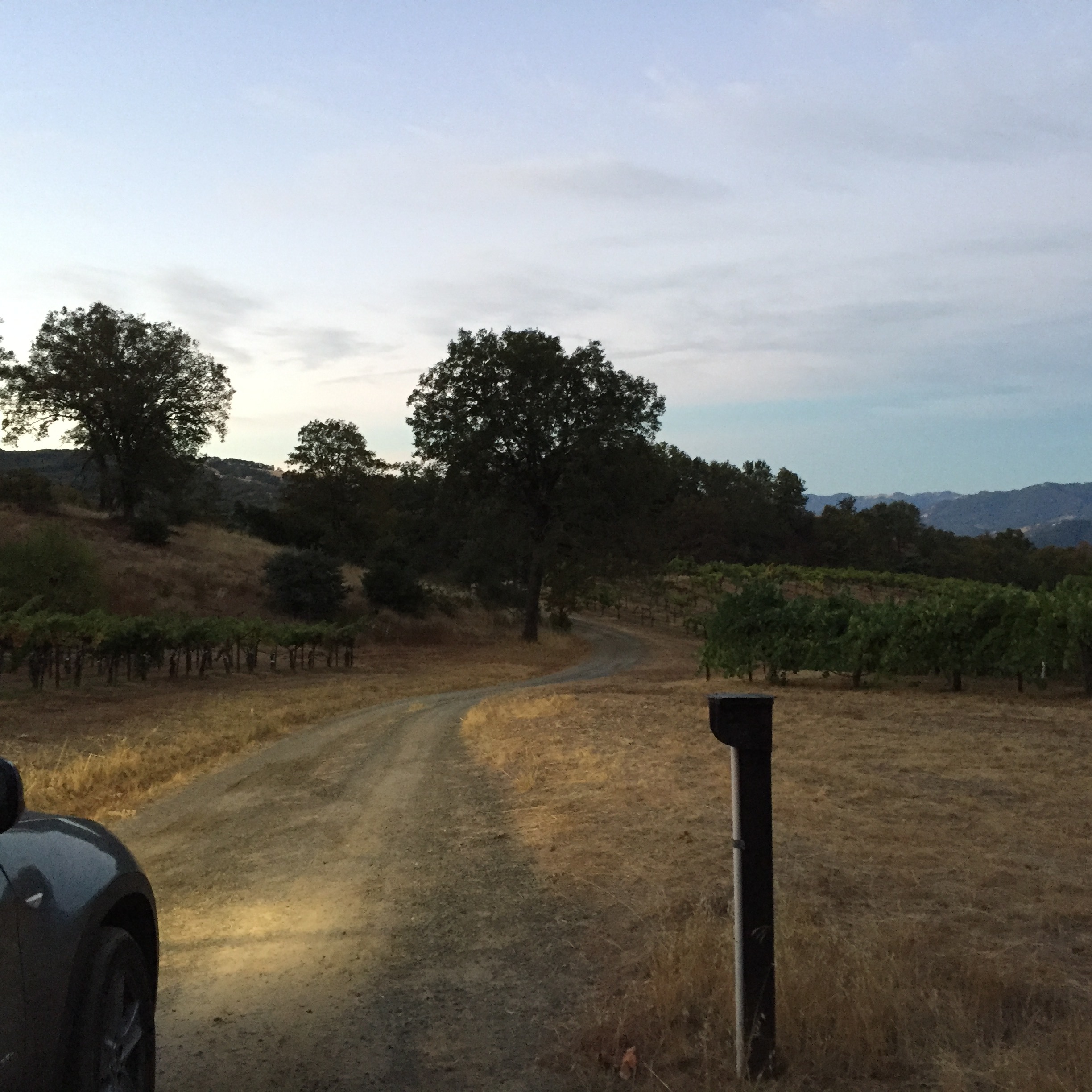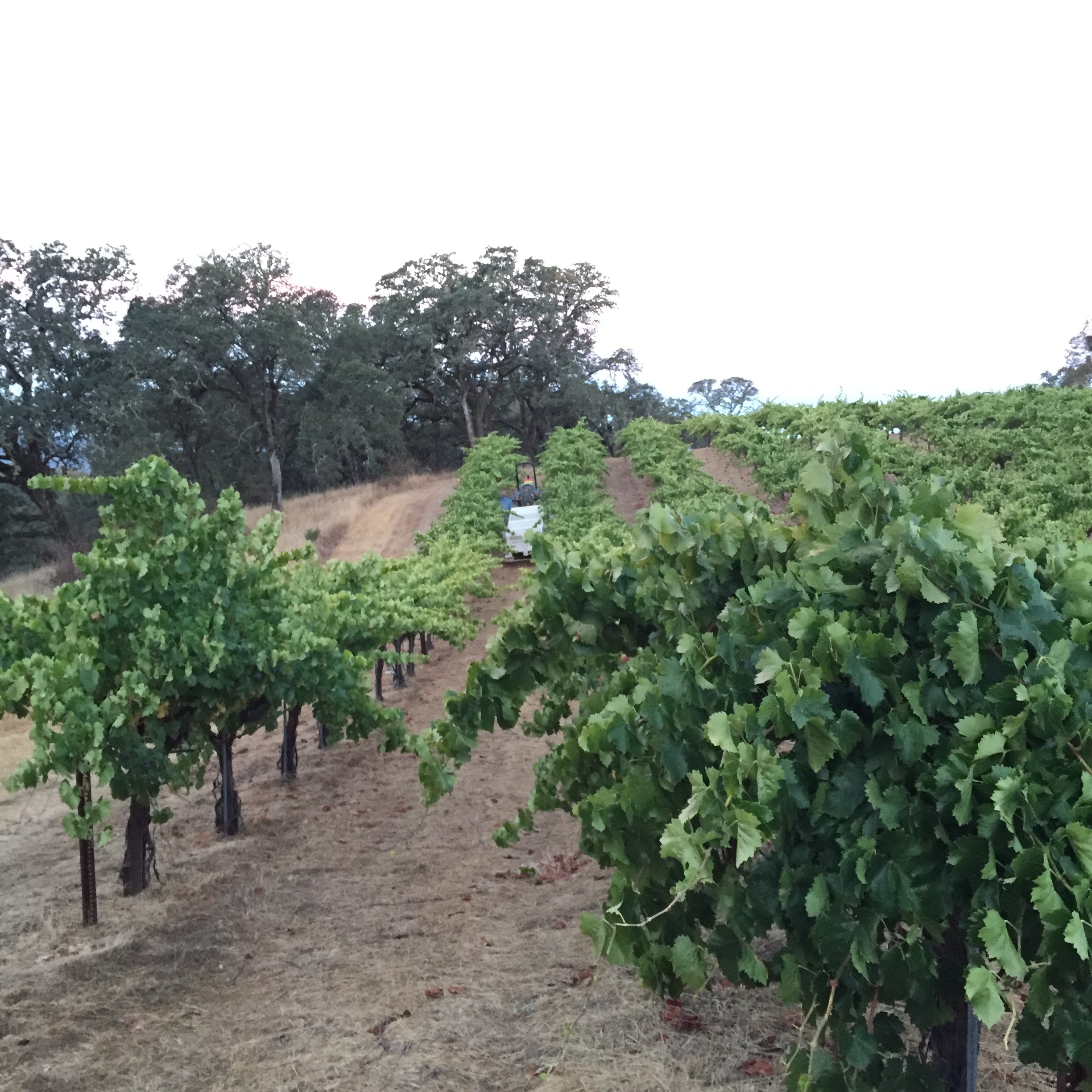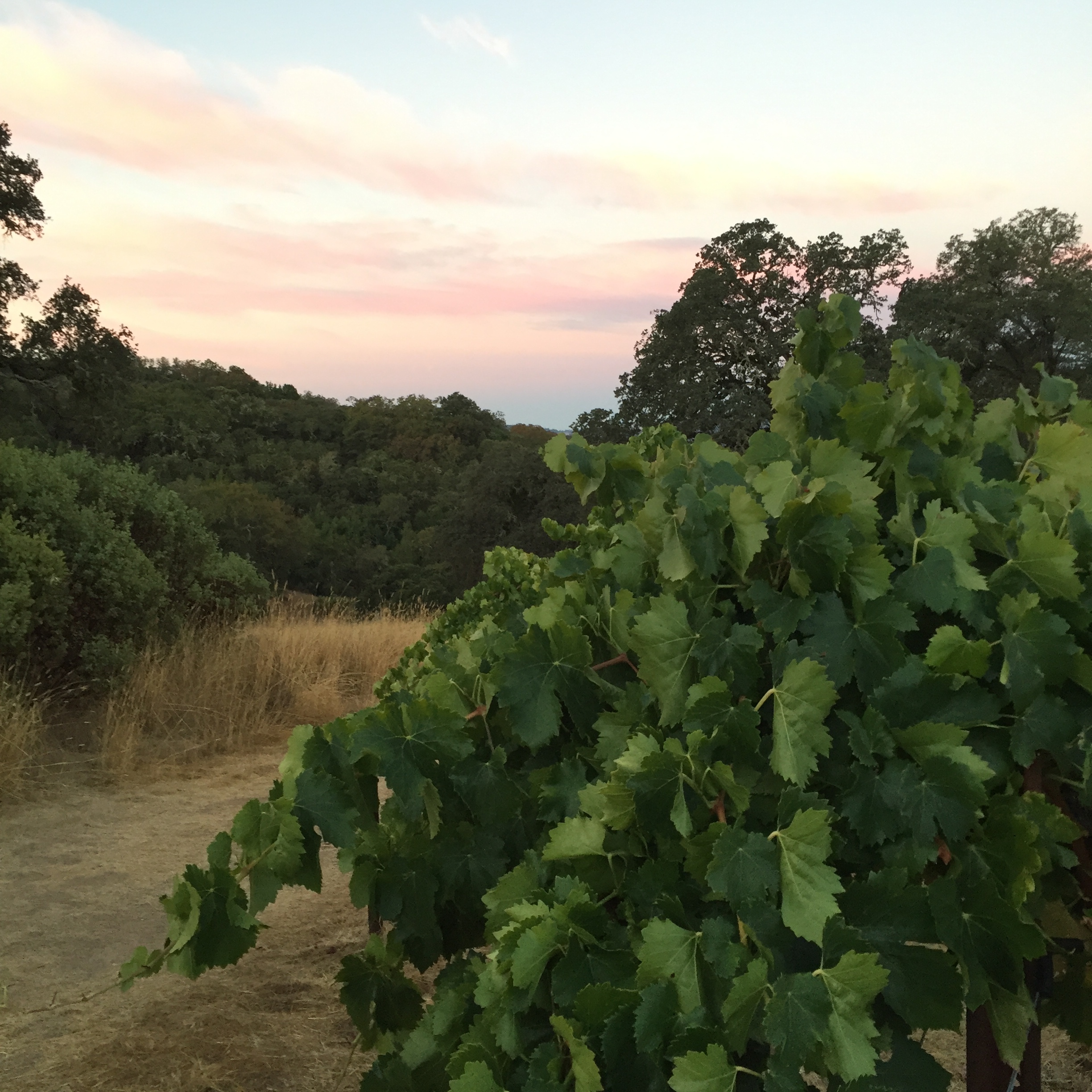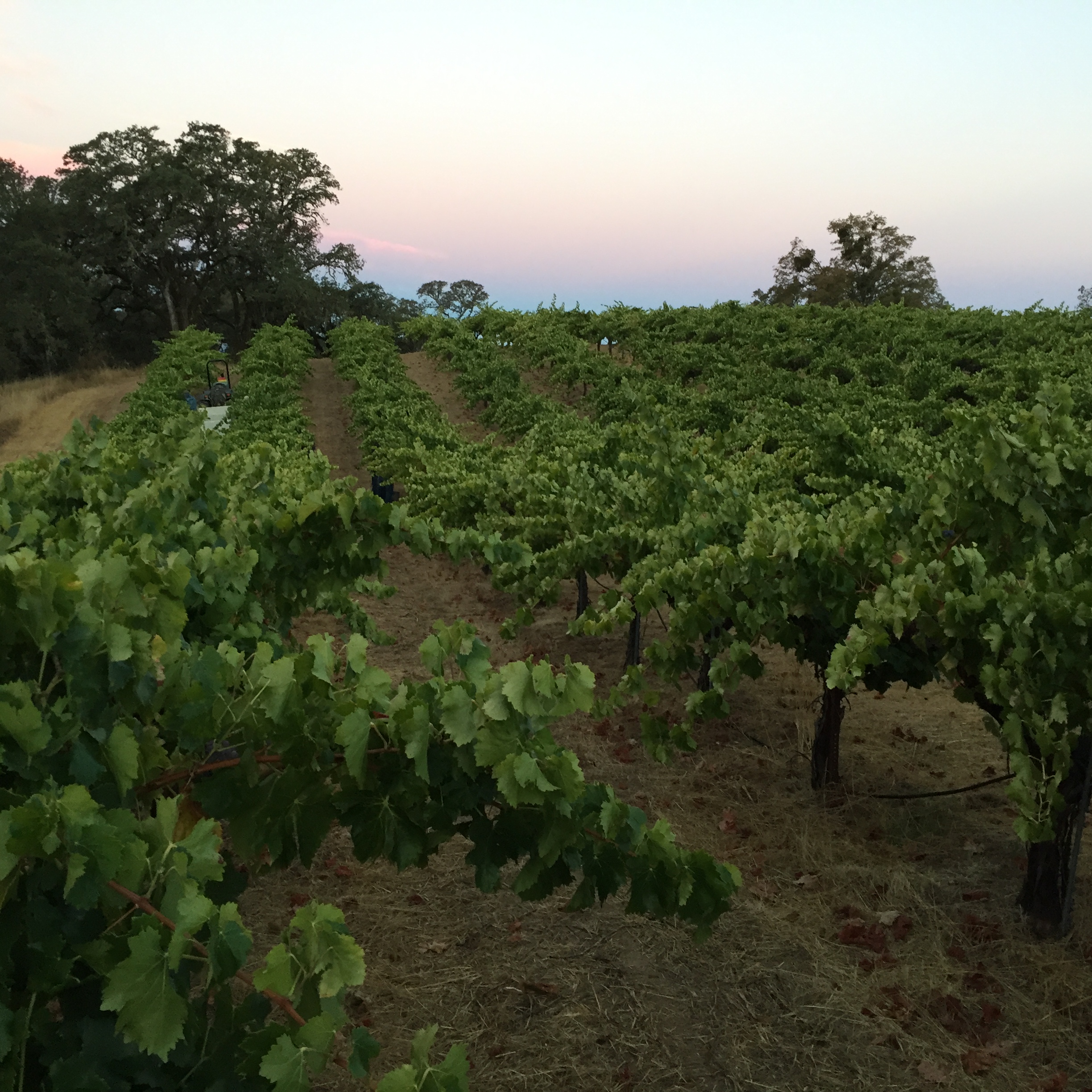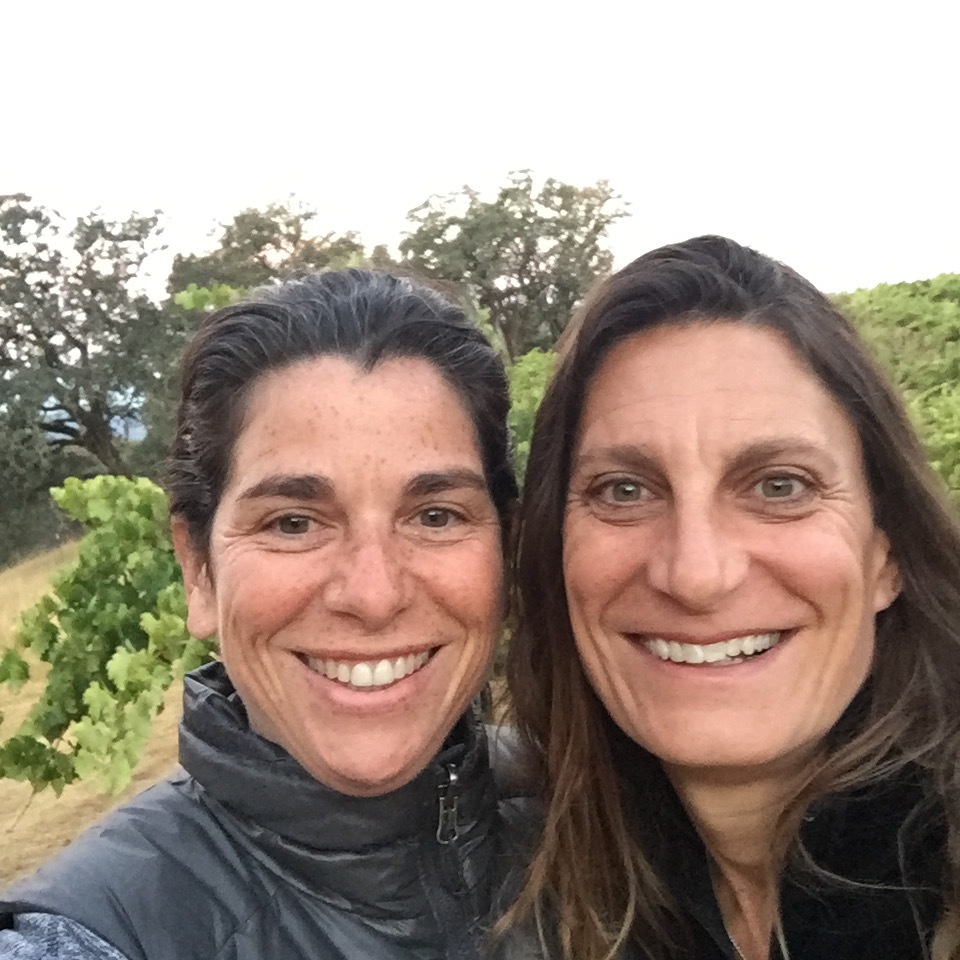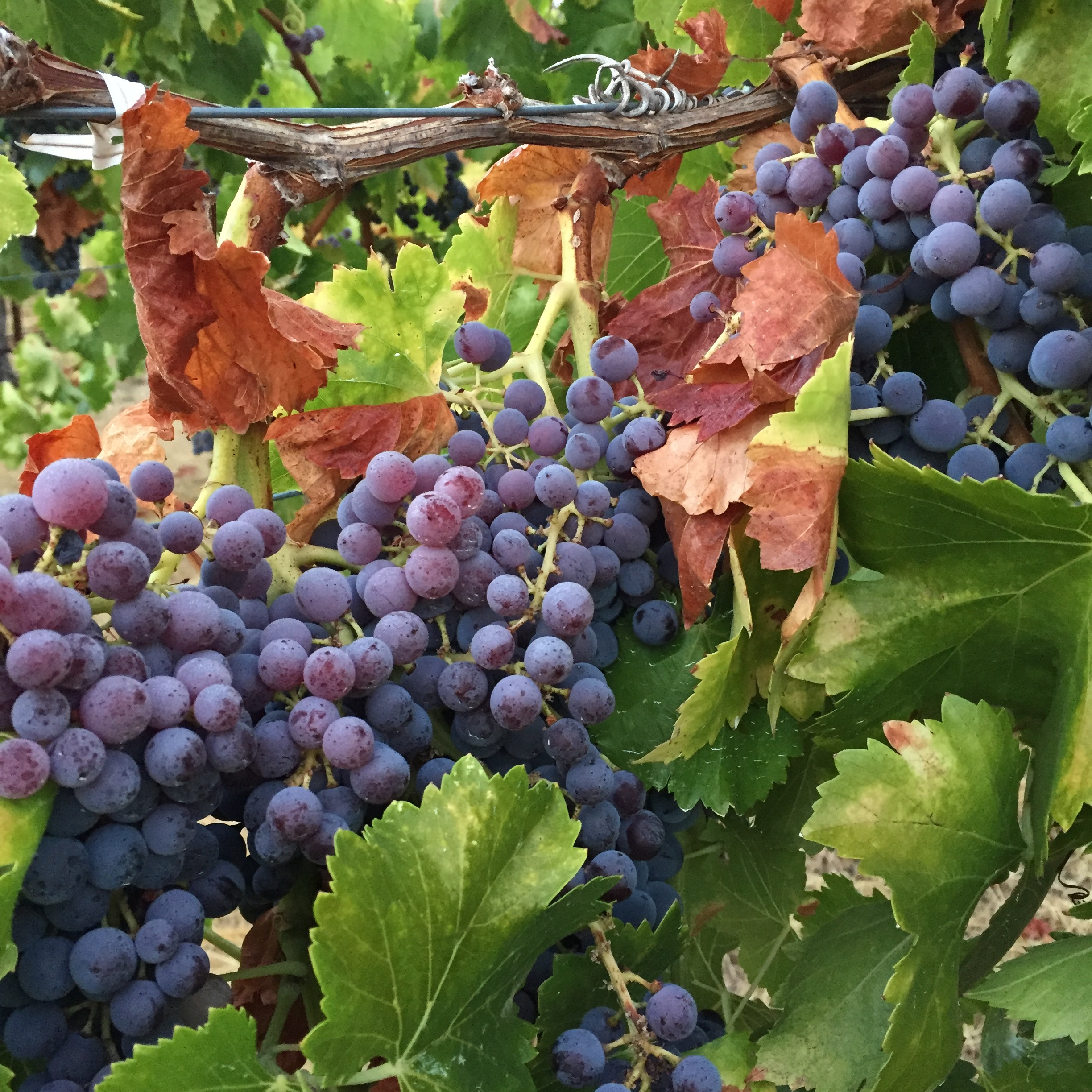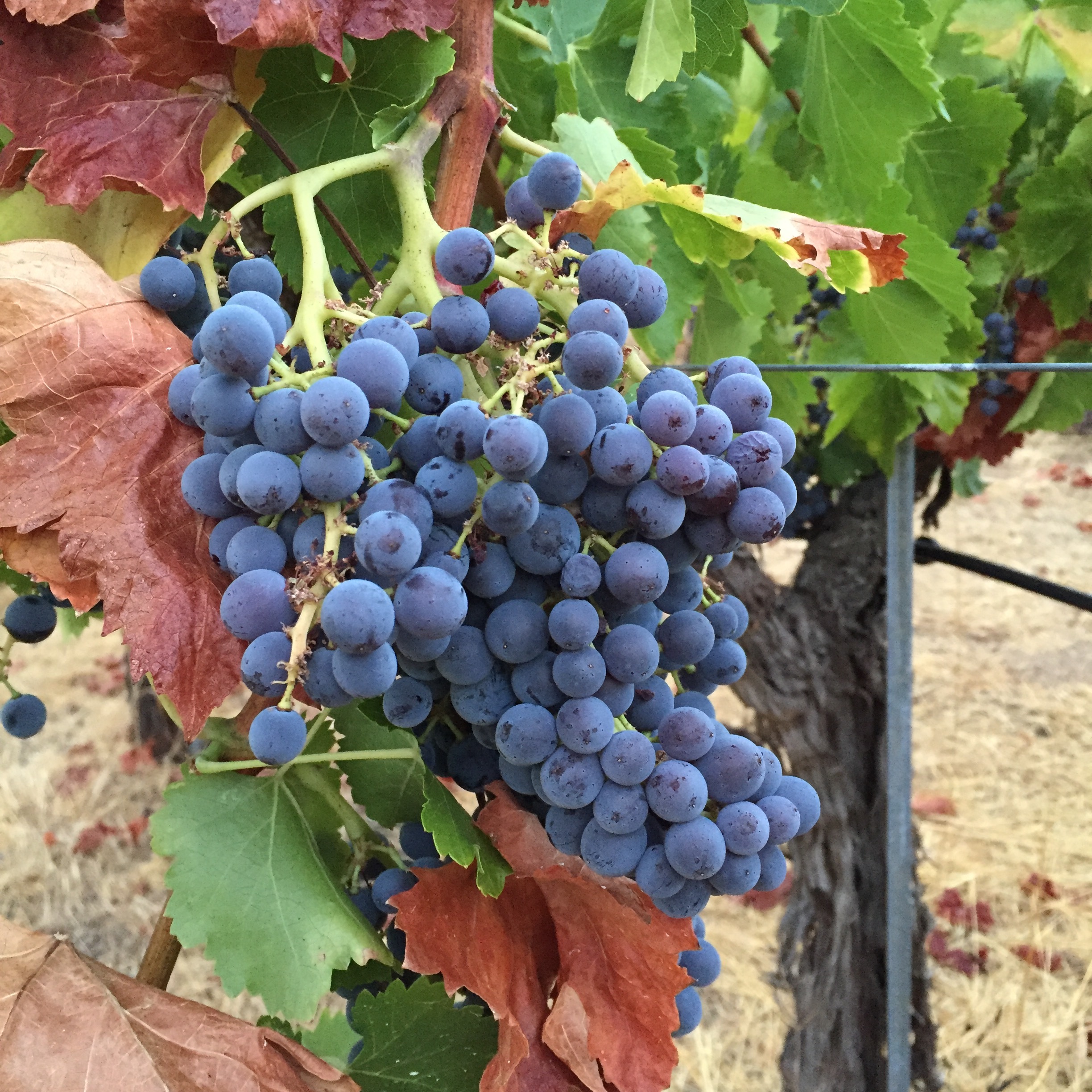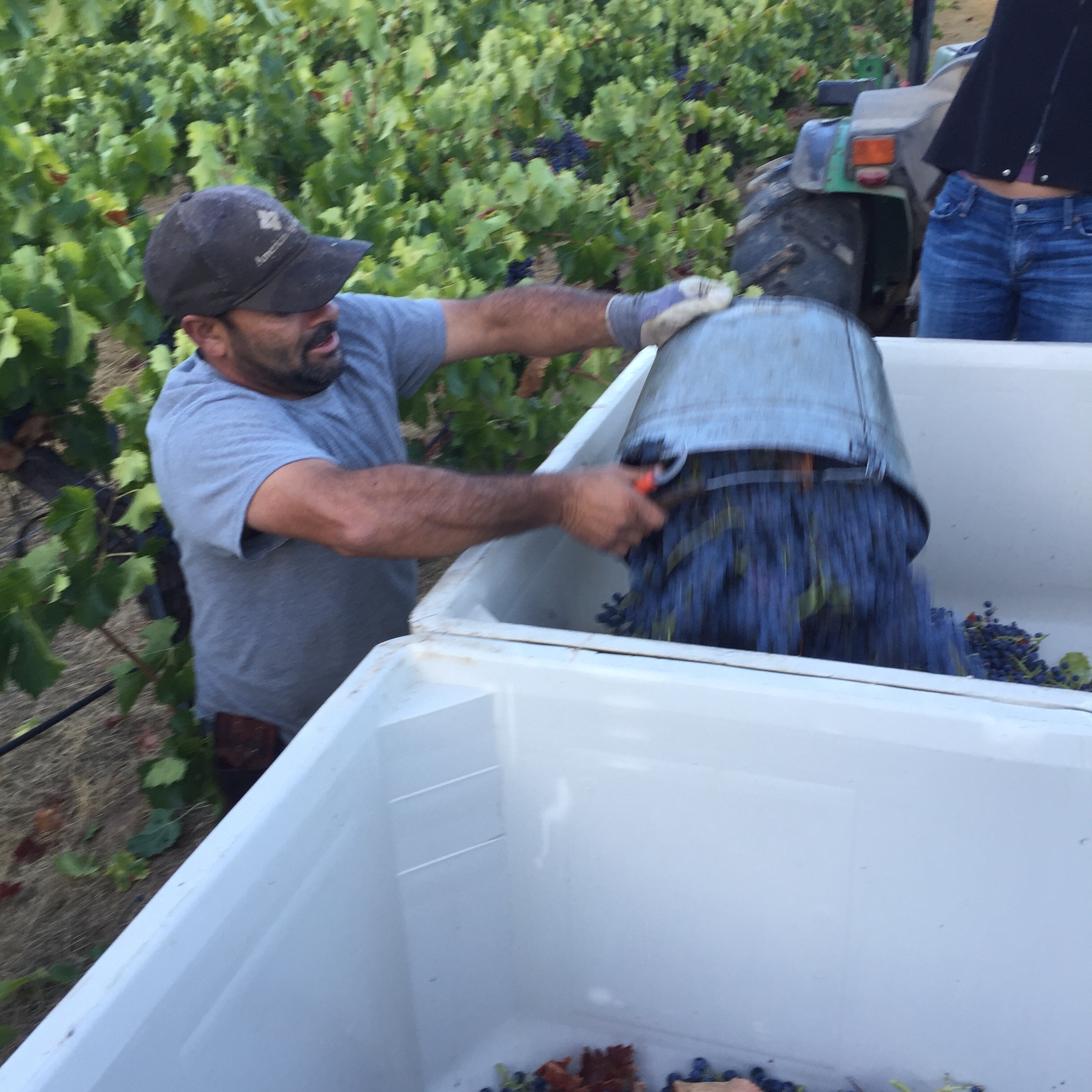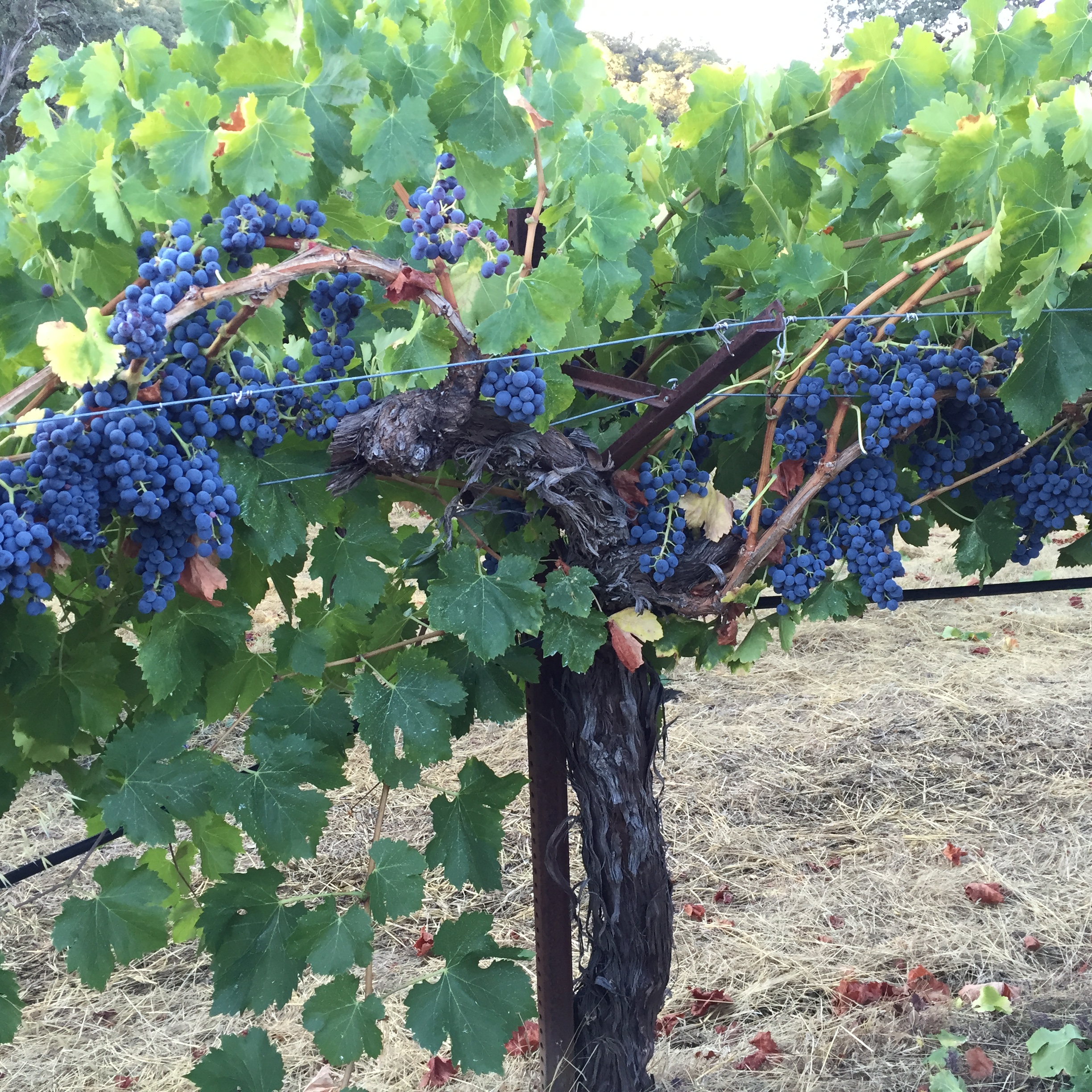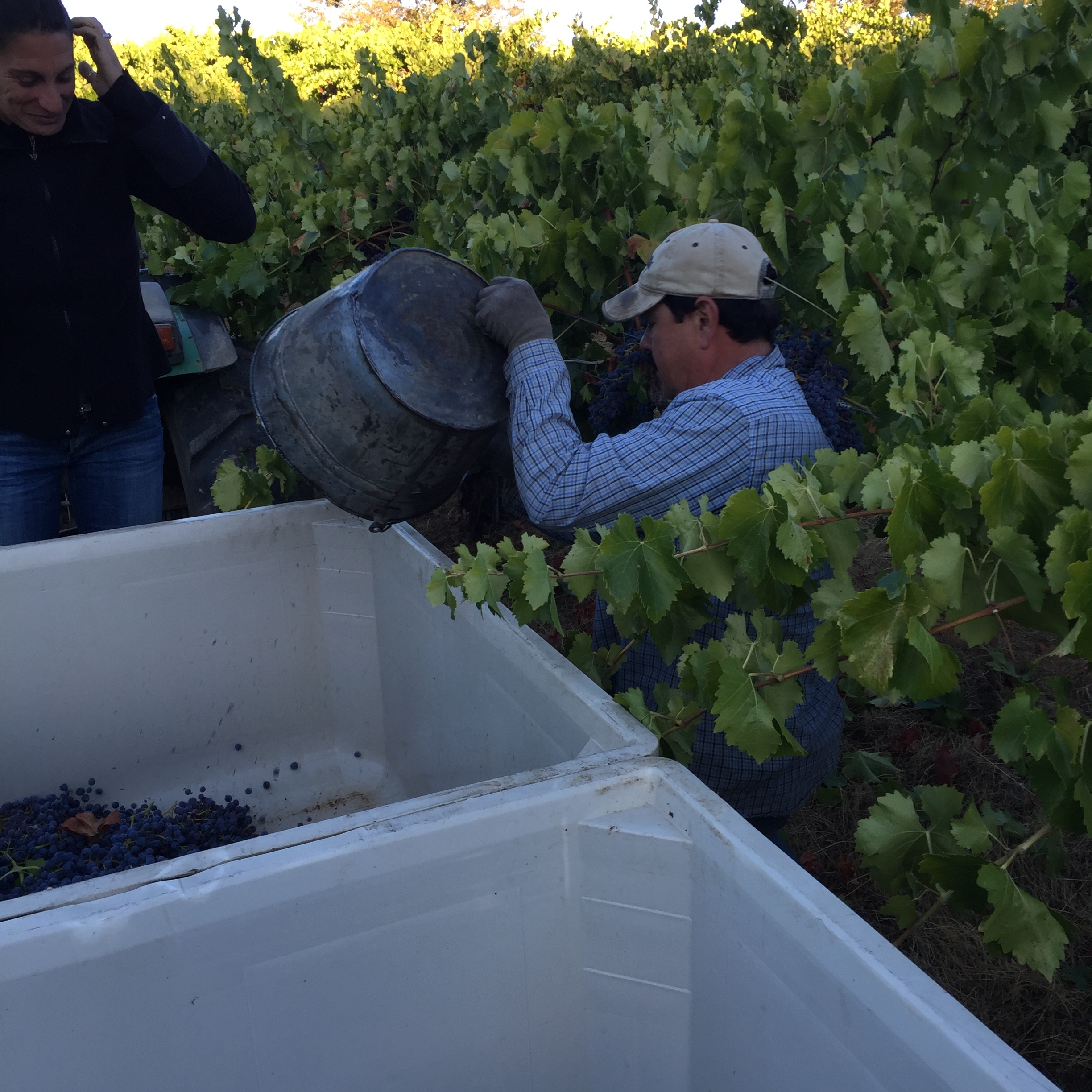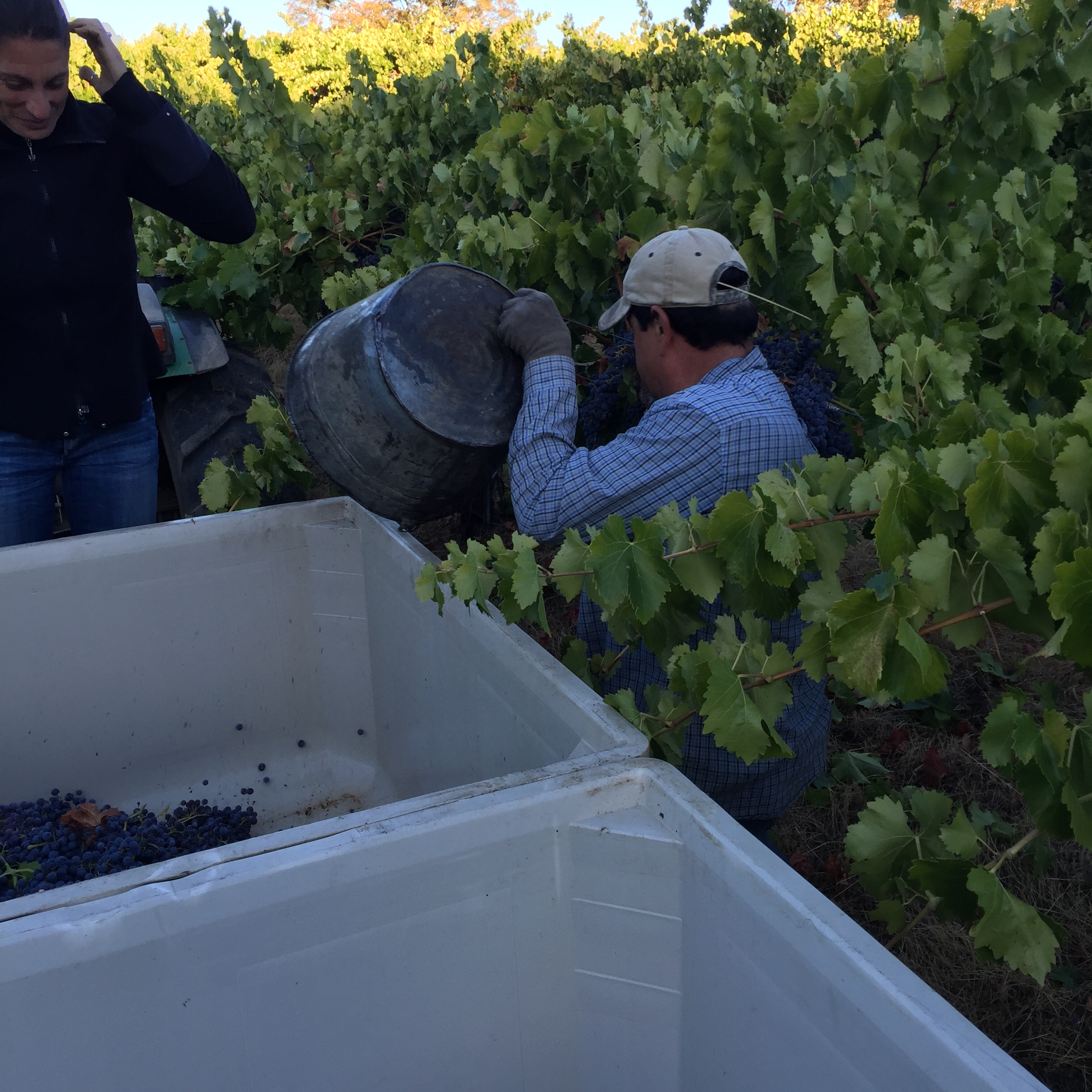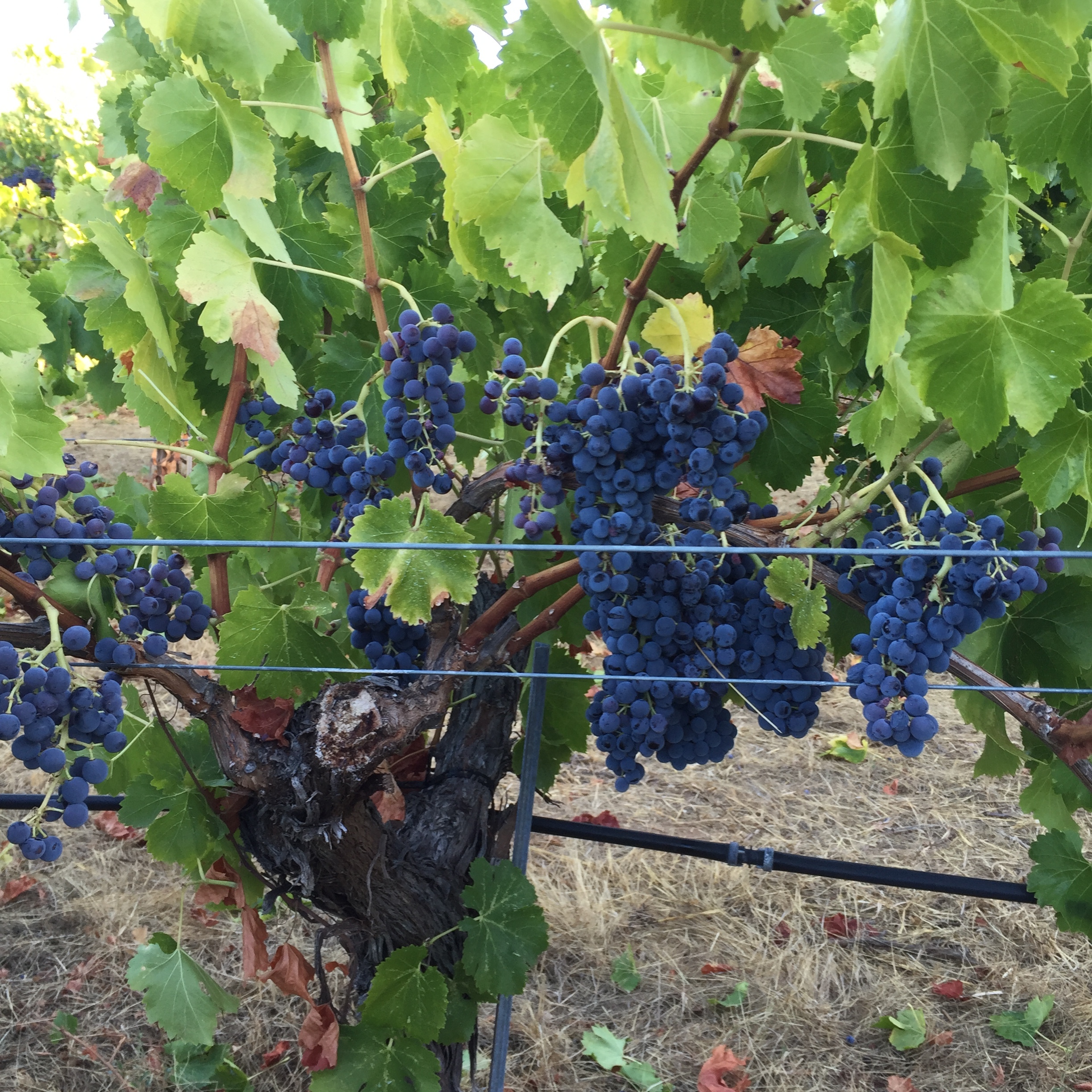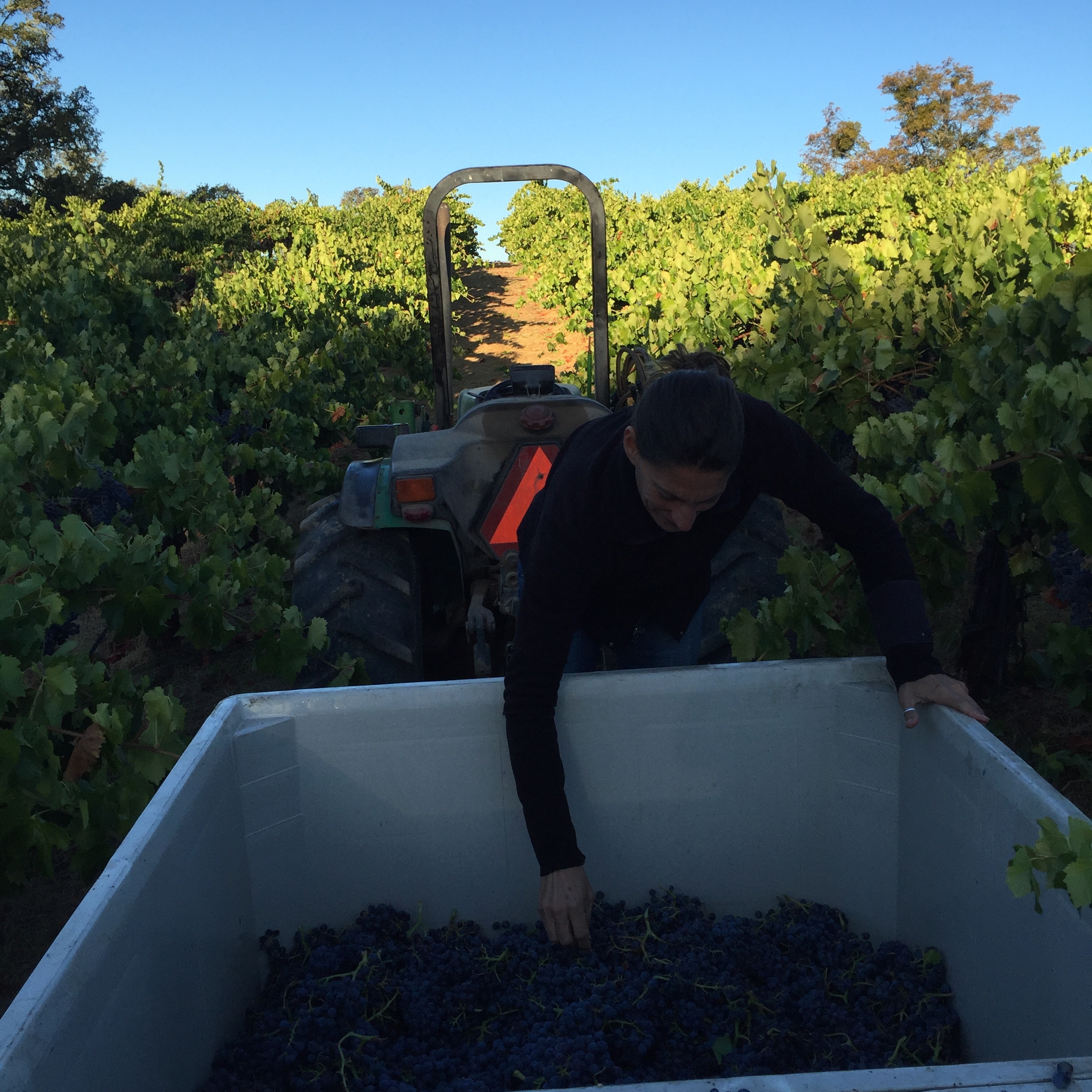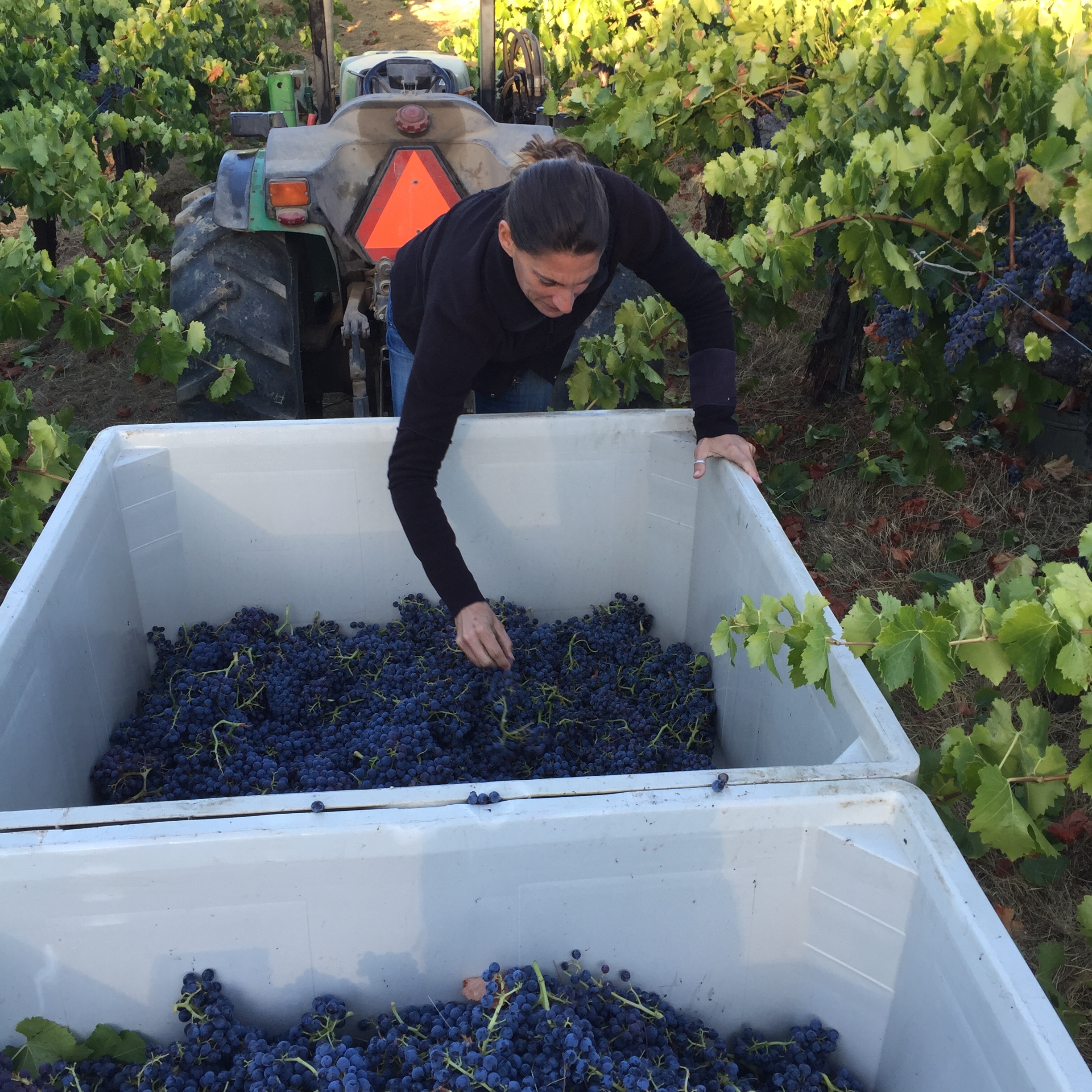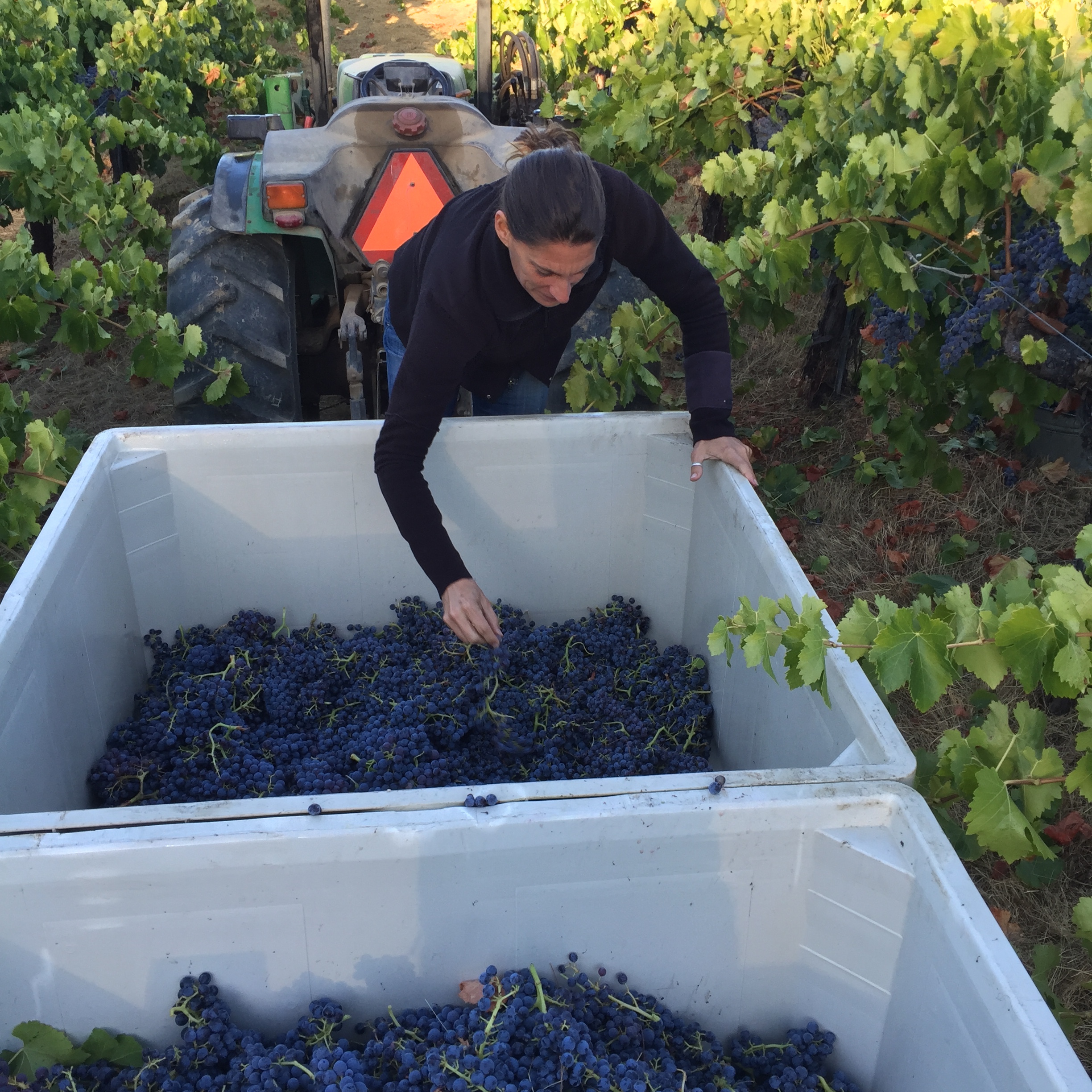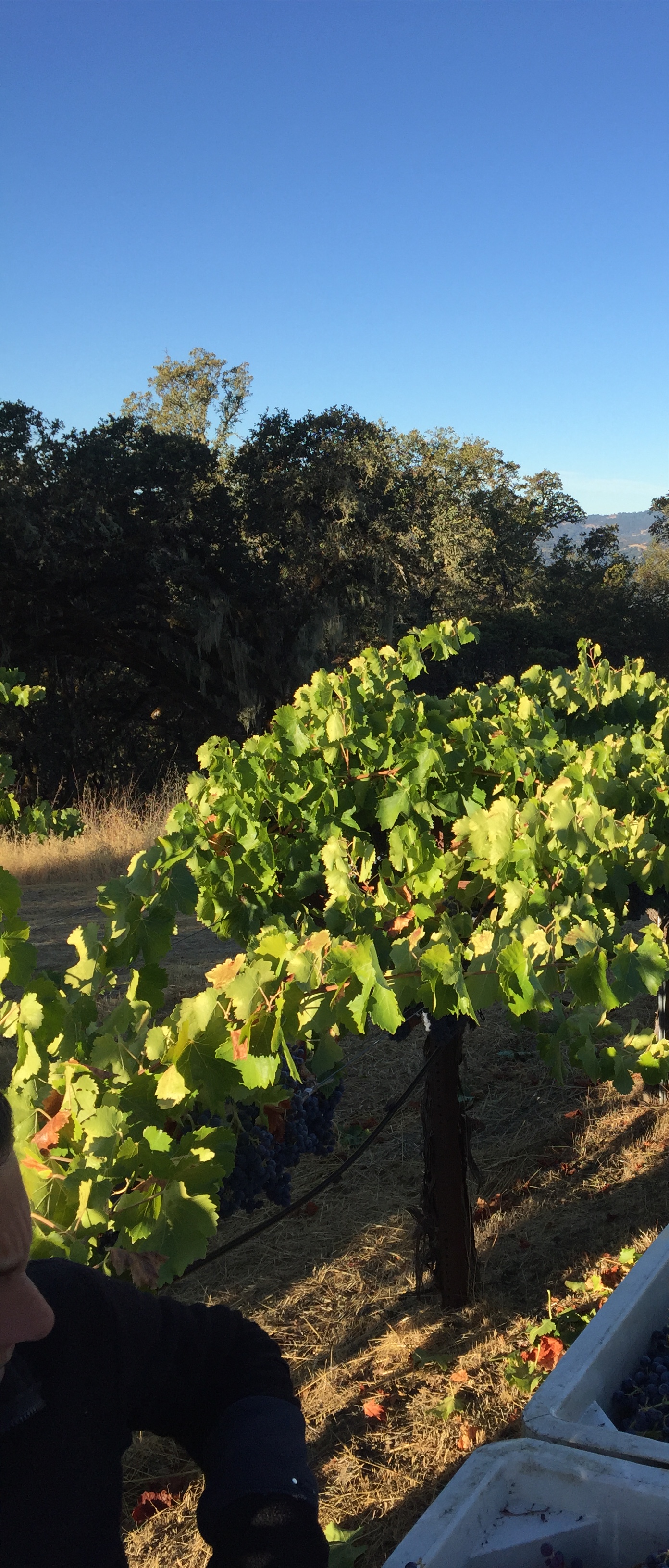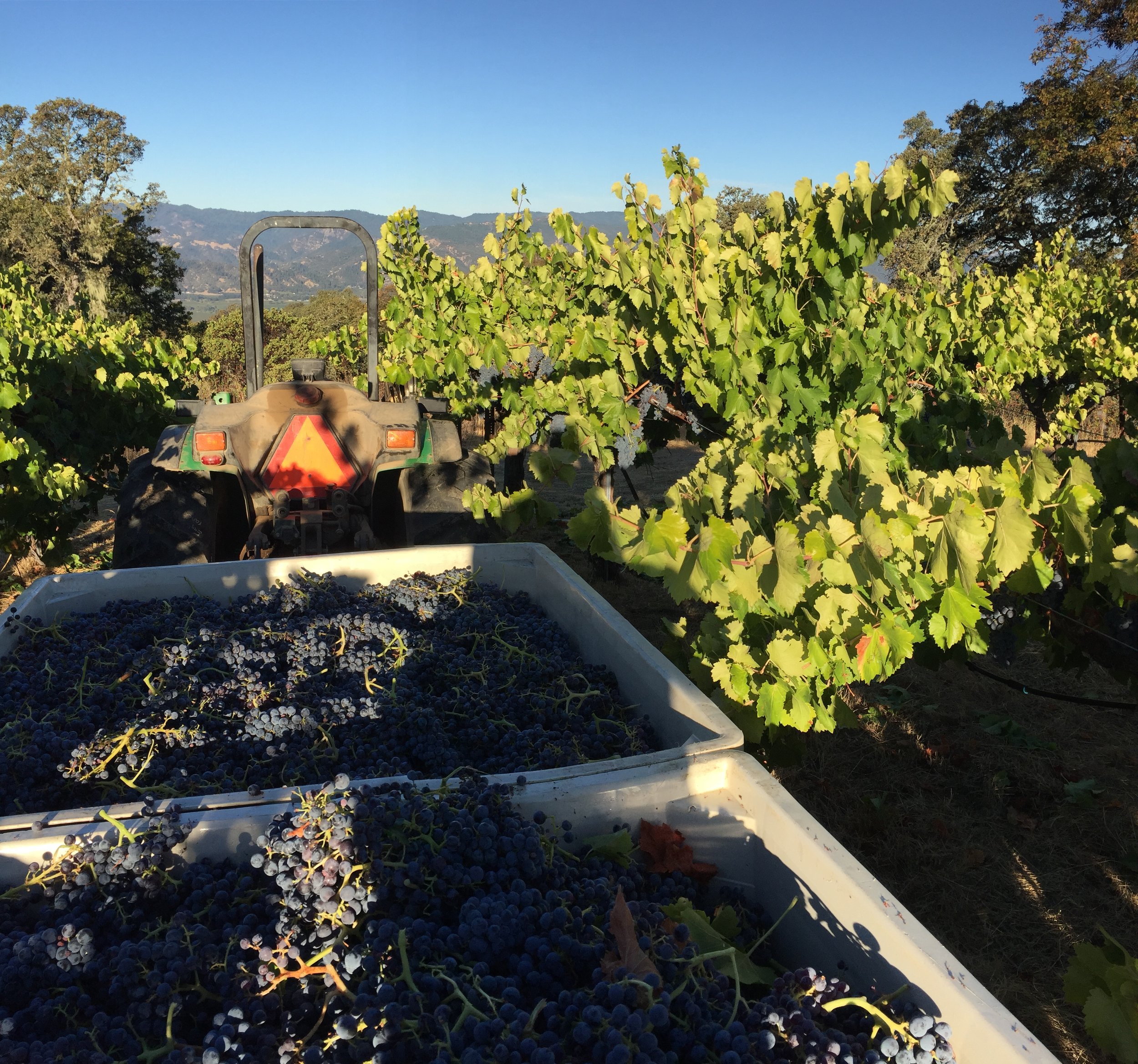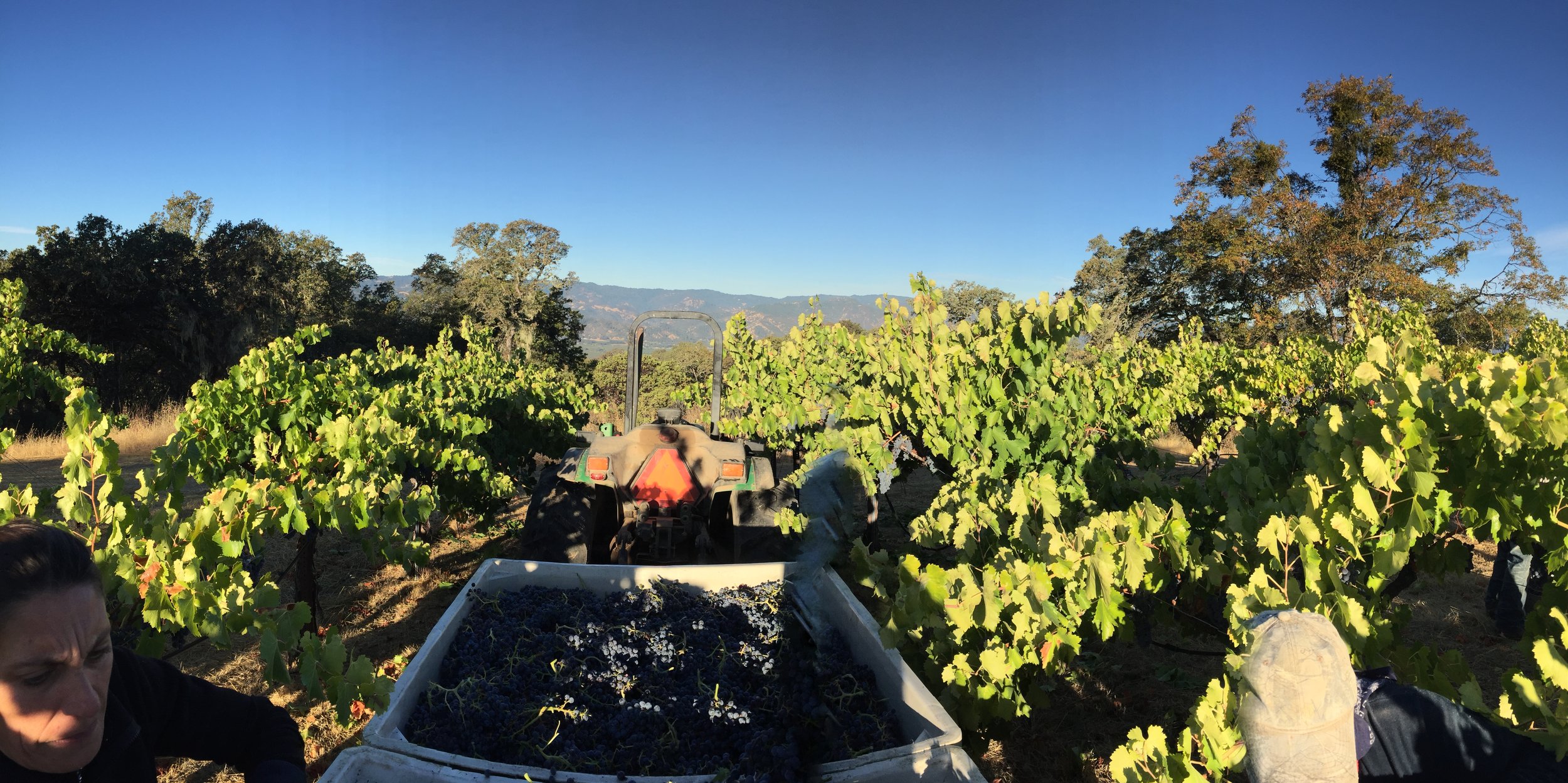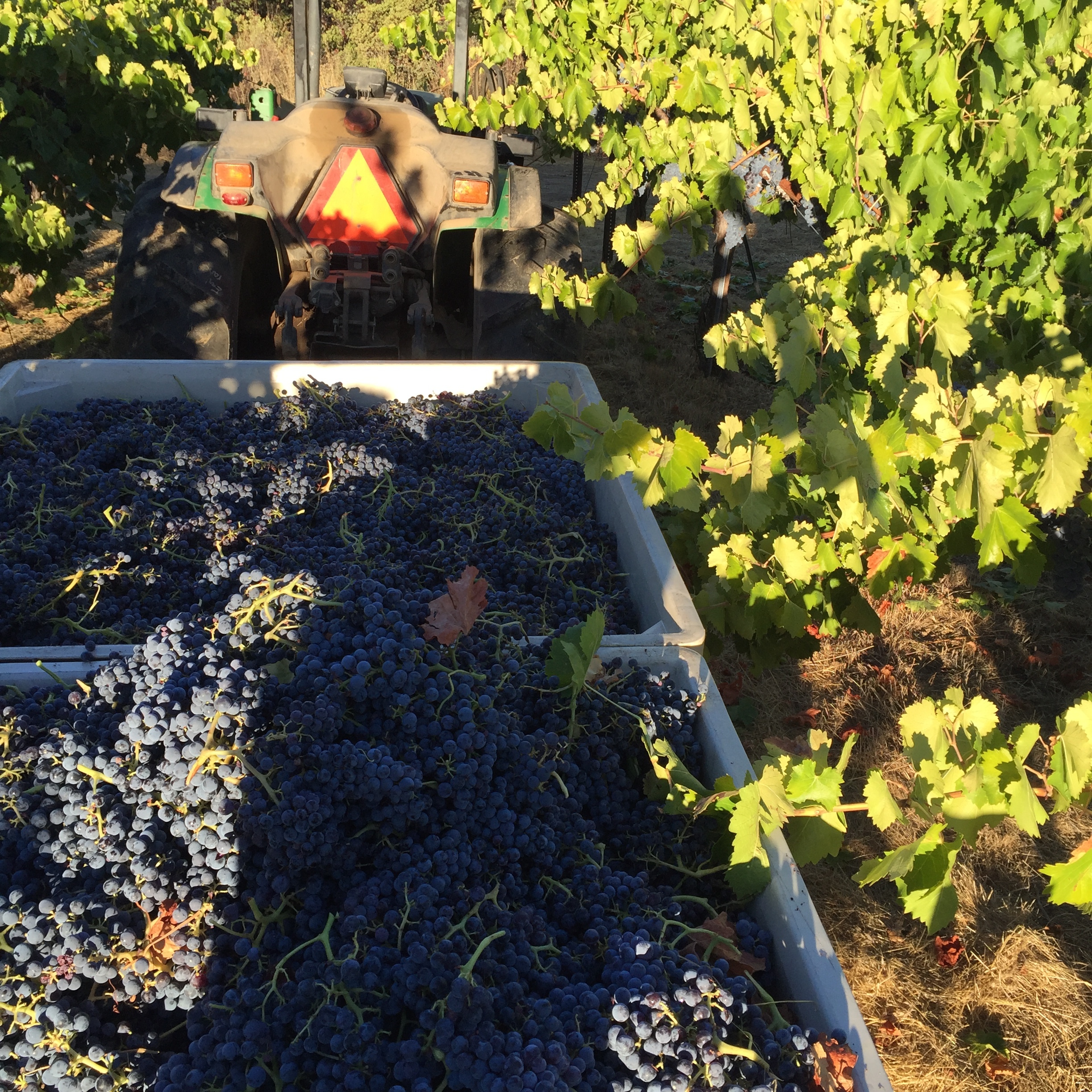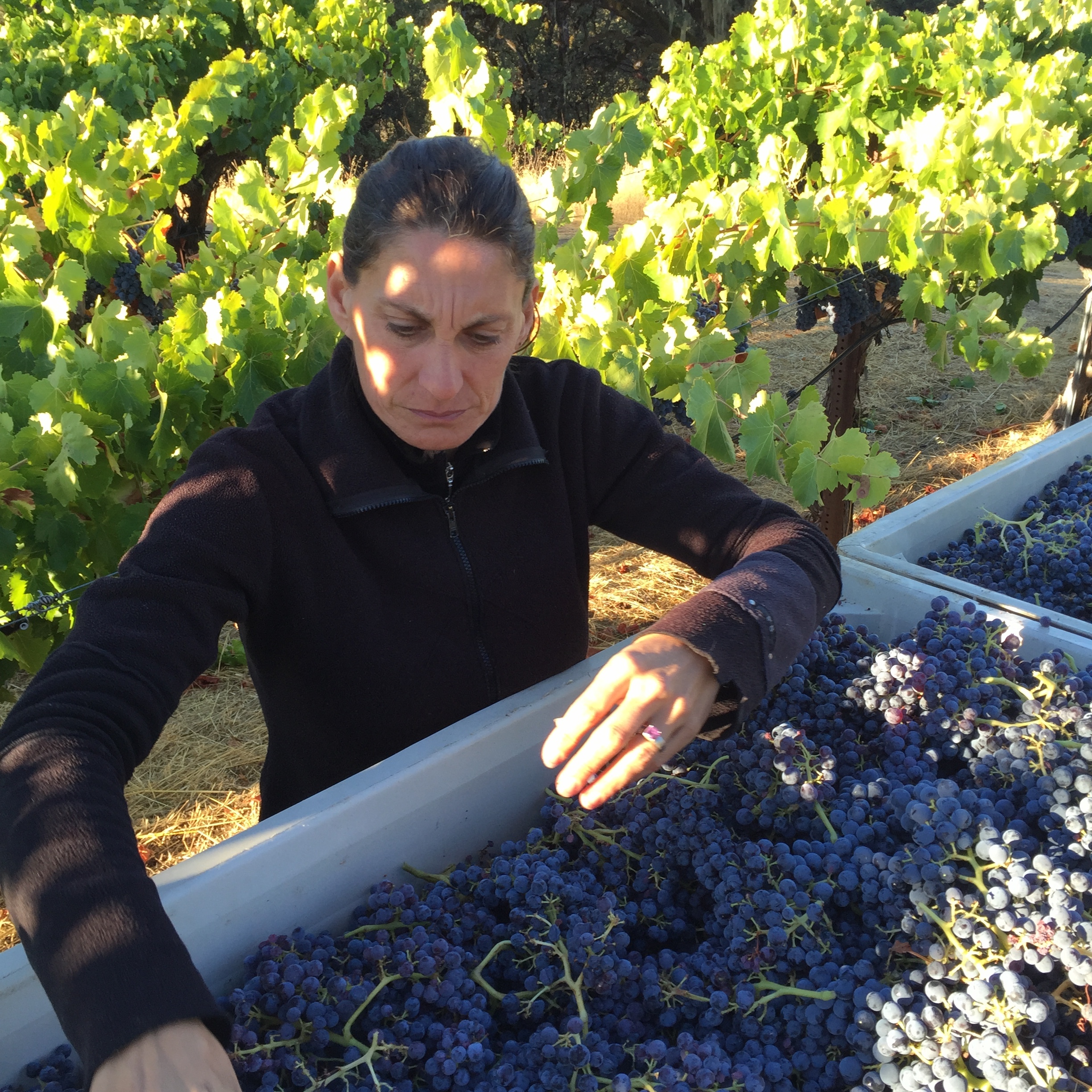The next time you take a sip of a wine that you really appreciate, slow down before you swallow it and think about what goes into the production of that singular moment of pleasure. All too often customers ask me if it is worth it to spend a certain amount on a bottle. For everyone that dollar figure differs, but the question is the same: "is it worth it? I mean, is it good good?" I like to think the answer is yes for any bottle in my shop, but I am learning as I make wine this month, that, truth be told, it is actually worth a lot more than the money it costs to by it. The long and short of it is, there is a lot of work, both physical and cerebral that goes into that bottle along with daily decisions about how to do it.
The physical part you can likely imagine: picking, sorting, punch downs, moving the wines from one container to another, cleaning the container, and so on, but the intellectual and emotional decisions are the stressful part. I want you to have a sense of all the stages, but I will try to be brief.
When to pick: There are a series of decisions you have to make, starting with when you pick, which is largely determined by the grapes readiness: the grapes have to reach their phenological maturity, but they also have to taste good to the wine maker, which has to do with sugar and ripeness, too. It is all about balance, even from the picking: fruit, acid, and tannins. If you pick too early the flavors are not yet developed, but the acidity and ph may be better suited for the wine; too late, and the flavor is great, but acid has dropped off. For Nicole, who I trust because she makes delicious wine, it is all about how those grapes taste. You have to love that flavor. We picked at roughly 24 brix, but sugars are not simple, they continue to rise during the next stages of of vinification.
Sorting & Destemming: In my last post, I talked about my moment of decision around destemming, so I won't go into a lot of detail. Simply put, before sorting you have to decide how much of your fruit you want to destem, how much to crush, how many sorting tables, whether to crush, or go straight to press, and all of these decisions have work associated with them and effect the quality and character of the wine. I chosen to leave a portion of whole clusters, destem but leave the berries whole, and to go into cold soak, which is like a semi carbonic maceration, which sounds cool doesn't it? What that means is the fruit sits in an open tank in a cold room for anywhere from 2-5 days, each day I took off my shoes (yes, I did) and stomped the grapes gently pressing the cap down to ensure that it stays wet, but letting the juice slowly advance toward fermentation.
Punch Downs or Pump overs: This is a question of how gentle or aggressive you want to be with your grapes and the amount of oxygen you want them to have. Stomping or punch downs with a device are more gentle ways to stir the grapes, which also allows less integration with oxygen; pump overs are a more modern technique that allows for the homogenization of the wine while allowing for more oxygen exposure, which can result in a richer style wine. The way you do a pump over matters, too. Today we did the first pump over, to help stop the juice and to encourage the fermentation, but we kept the pump on a low setting and did the pump over for only a few minutes.
I have one just completed my fifth day of cold soak, so far we had only done punch downs once daily by stomping gently on the grapes. It is a crazy feeling that I highly recommend! Now, our cold soak is complete, we did one gentle pump over and put a huge hot water bottle in the middle of the bin. Fingers crossed the yeast will naturally start eat those sugars tomorrow!
Want to know more about the decisions that go into that glass of wine? Keep following these posts! (And, yes, you sanitize your feet.)
